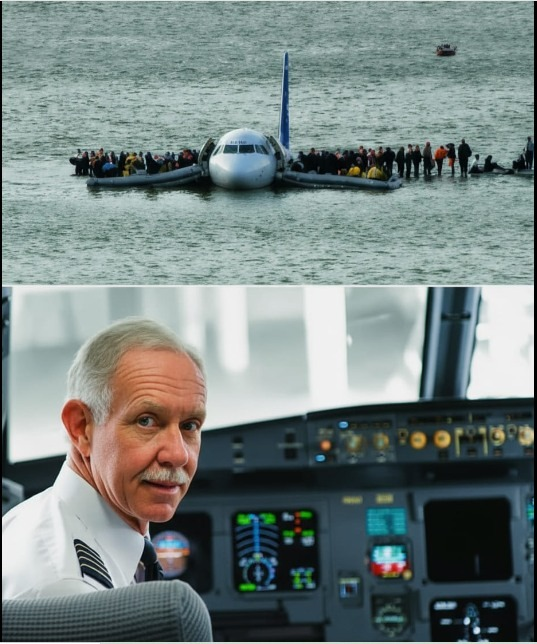On January 15, 2009, a seemingly ordinary winter morning at LaGuardia Airport in New York would become the stage for one of the most extraordinary acts of airmanship in modern aviation.
The flight in question was US Airways Flight 1549, bound for Charlotte, North Carolina. On board were 155 souls—passengers and crew—expecting a routine trip. As the Airbus A320 lifted off into the cold winter sky, none could have predicted the ordeal that was about to begin.
Takeoff and the sudden crisis
Shortly after leaving the ground, at around 3,000 feet, disaster struck. The aircraft plowed into a flock of geese. Both engines sustained catastrophic damage and failed almost simultaneously. In the blink of an eye, the plane was deprived of its primary source of thrust and control.
At 3,000 feet, with no engine power, the situation is dire. There was no nearby runway ahead—no chance of returning to LaGuardia, no alternate airports within immediate reach. Panic might have been the default response, but this flight would not be left to chance.

The captain’s decision: trust skill, not panic
Captain Chesley “Sully” Sullenberger, along with First Officer Jeffrey Skiles, faced one of aviation’s most brutal tests. With no engine thrust and dwindling altitude, the pair had mere seconds to decide the plane’s fate.
Rather than attempt an unreachable landing or gamble with unknown terrain, Sully made a remarkable call: he would attempt to ditch the aircraft in the Hudson River, inches from Manhattan.
He knew it was risky. Water landings rarely go smoothly—aircraft can flip, break apart, or plunge. But with no other viable options, Sully leaned on his training, experience, and resolve.
Four intense minutes in the air
Those minutes following engine failure must have felt like an eternity. Sully and Skiles glided the powerless plane over the cityscape, eyes scanning for a safe zone. Pilots in simulators train for emergencies—but this was real, every decision had fatal consequences.
With calm precision, Sully navigated the A320 toward the river. In the aftermath, many would call those moments miraculous—but for the captain, it was about control, composure, and executing what few believed possible.
The splashdown and rescue
The Airbus hit the Hudson’s surface with a controlled but firm impact. The fuselage remained intact. The aircraft skidded across the freezing water.
Rescue boats, already alerted by authorities, raced to the scene. Passengers and crew evacuated onto the wings and deployed life rafts. In frigid temperatures, with water all around, every second counted.
Against all odds, all 155 souls on board were rescued. No lives were lost. No major injuries. It became known almost immediately as “The Miracle on the Hudson.”
Aftermath, legacy, and leadership lessons
In the days that followed, Sully’s steady composure and understated humility captured global attention.
One of his most quotable remarks after the ordeal:
“That wasn’t as bad as I thought.”
At once, the remark revealed something essential: heroes don’t always speak big. Sometimes, they act quietly, guided by preparation and calm under pressure.
The aircraft itself is now preserved at the Carolinas Aviation Museum, standing as a monument to the flight, the crew, and the perfect storm of circumstances that tested them.
But beyond the spectacle lies a deeper lesson: in catastrophe, leadership shows itself not through bravado, but through stillness, competence, and the courage to choose a path when all alternatives seem impossible.
When the engines died, the odds plummeted. When fear tried to settle in, the captain leaned in. When hope appeared lost, a river became a runway. And through it all, 155 lives were saved.